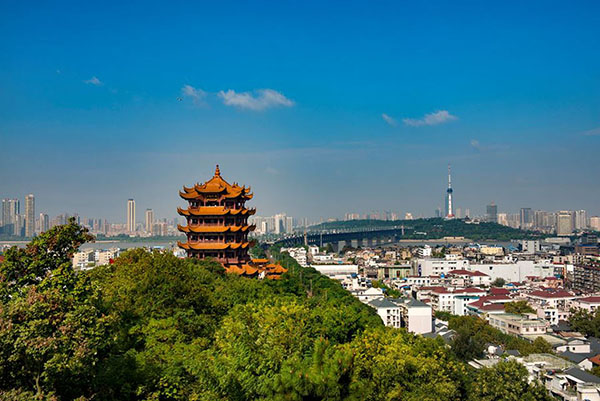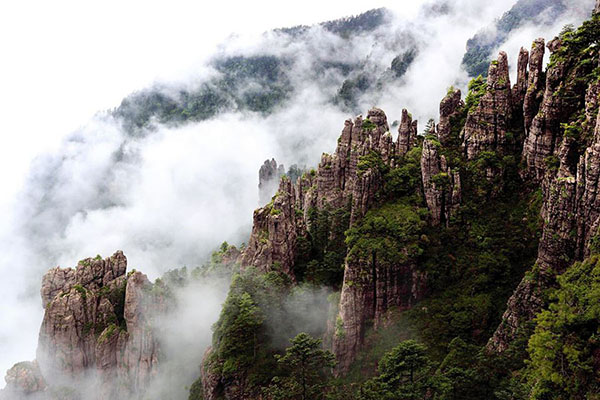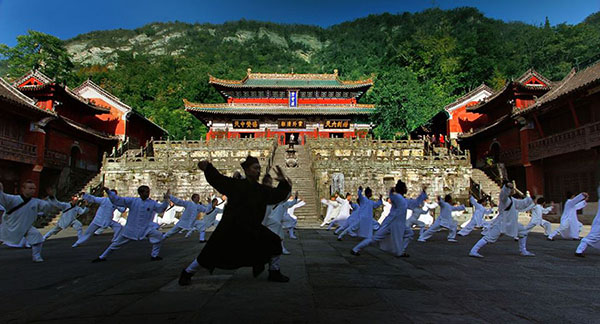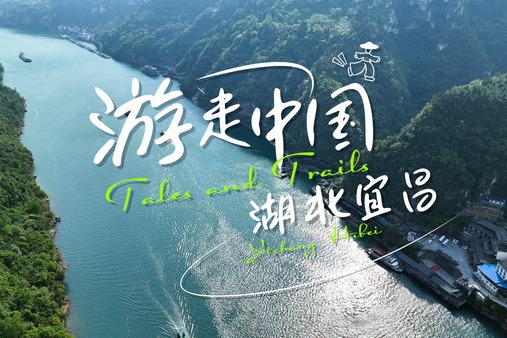China Travel Guide: Hubei


Central China's Hubei province, the cradle of the ancient Chu culture, is a place with profound cultural heritage and rich tourism resources.
Hubei is home to several UNESCO World Heritage Sites, such as the Shennongjia Nature Reserve and the Ancient Building Complex in the Wudang Mountains. It also holds many important rivers, including the magnificent Yangtze River, widely regarded as the mother river of the Chinese nation, and the long, clear and rippling Han River.
Yellow Crane Tower, Wuhan
Wuhan, Hubei province, is home to ethereal mountains and crystal lakes, yet Yellow Crane Tower is the centerpiece of local tourism.
Yellow Crane Tower is one of the most renowned towers in the southern domain of the Yangtze River. Its cultural significance led to its being made the symbol of Wuhan city. During the Tang Dynasty (618-907), many popular poems were written in praise of the tower.
From the top of the tower, visitors are treated to a fabulous panoramic view of the Yangtze River and the surrounding buildings of Wuhan.

Shennongjia Nature Reserve
The Shennongjia Nature Reserve covers an area of 45.4 square kilometers and was approved as Shennongjia Global Geopark in 2013. It was listed as a world heritage site by UNESCO in 2016.
Thanks to the marvelous natural scenery and famous legends about the mysterious "Wild Man" (Chinese yeti), the scenic area attracts many tourists every year.
Shennongjia was named after a very famous Chinese chief in prehistoric times, Shennong, also known as Yandi. He was believed to be one of the two ancestors of the Chinese people. Shennong invented crockery, discovered herbal medicine, and taught his people how to cultivate crops. To commemorate his great work, he became the namesake for the land of Shennongjia.

Wudang Mountains, Shiyan
The famous Wudang Mountains Scenic Area is located in Shiyan city, renowned for its magnificent ancient buildings and appealing natural landscape.
In 1994, the ancient buildings at Wudang Mountains were included on the World Heritage List by UNESCO. The mountain is said to be the birthplace of Chinese Wudang martial arts.
Construction of the ancient buildings started from the Tang Dynasty (618-907). During the reign of Emperor Taizong, the Five Dragon Ancestral Temple was built on the mountains.

































